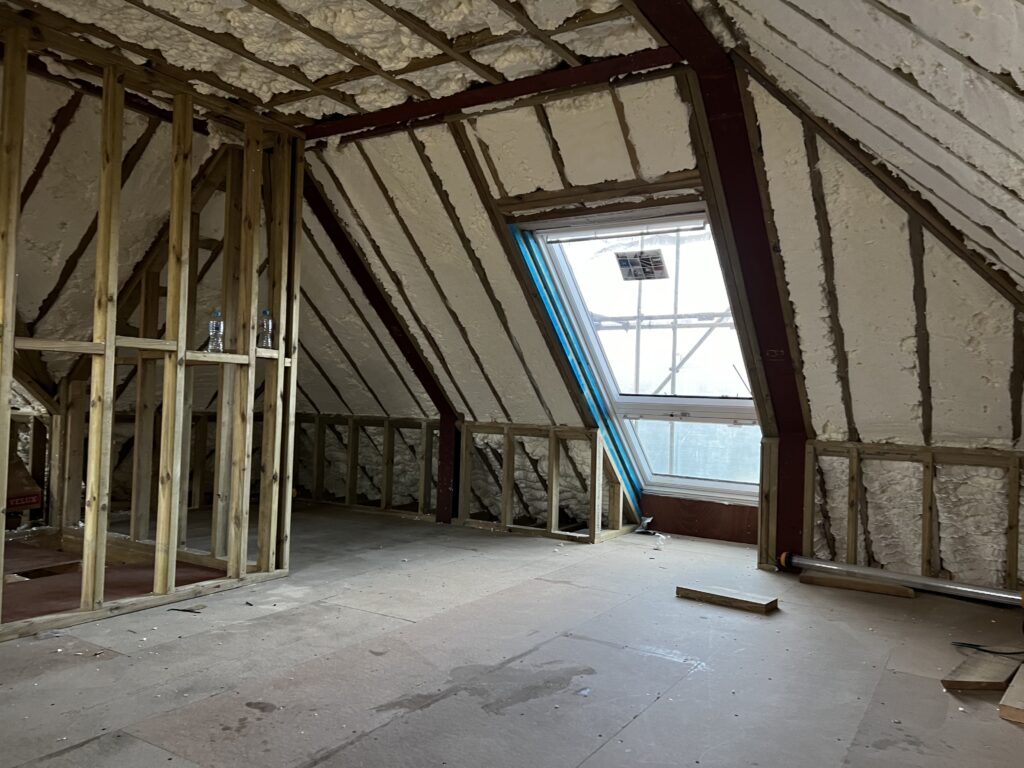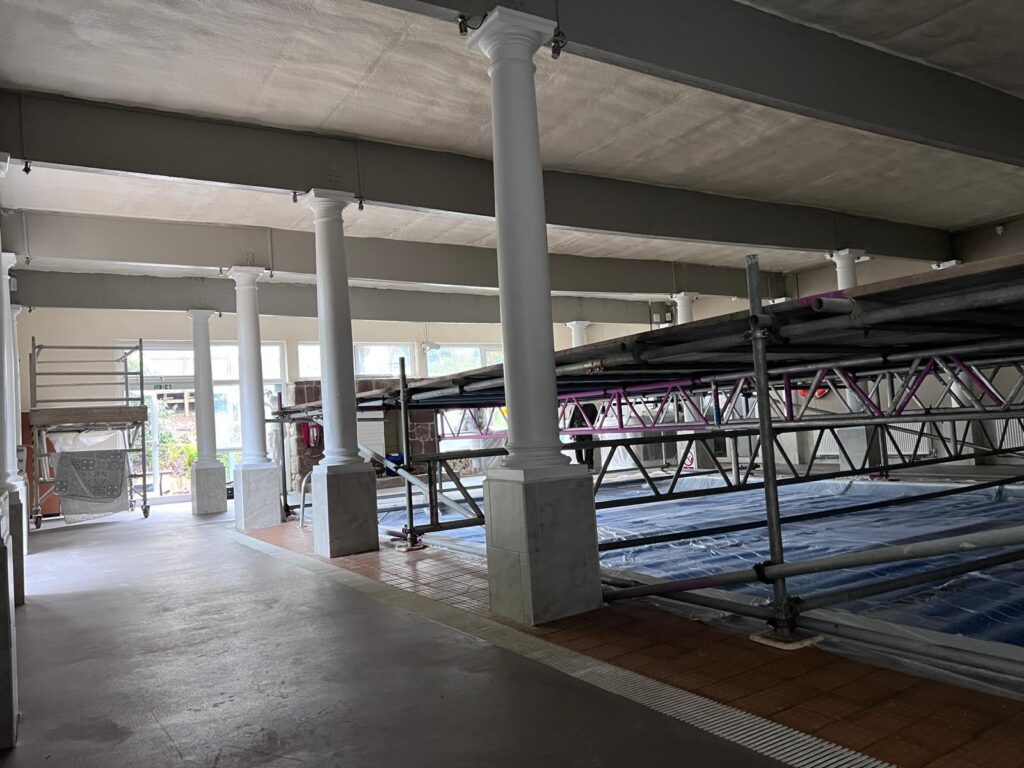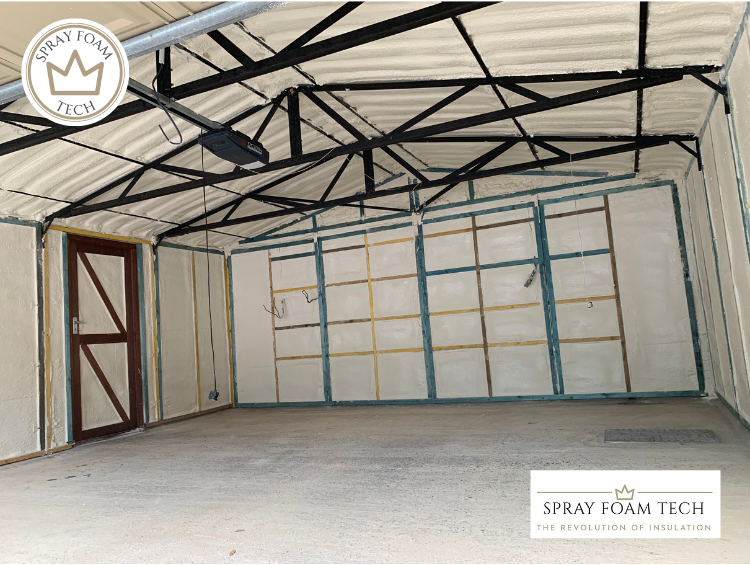Loft Conversion Insulation
Loft conversions are a fantastic way to increase the living space in your home. By converting your loft you can create extra rooms for your family, an office or a playroom and also increase your home’s value. But to make your conversion as energy efficient as possible, you’ll need to consider loft conversion insulation.
By insulating your loft conversion adequately, you’ll reduce energy costs, have better temperature regulation in your home, and as a result have a better EPC rating if you choose to sell or rent your property.
But any major conversion of your home takes careful planning. You are investing in a refurbishment, so it’s worth making sure your money will be well spent. And one of the first conversion considerations is making sure you’ve chosen the right type of insulation for your home.
Let’s look at ways you get this step right to make your loft conversion a comfortable and useable space for the future.

What's on this page?
Loft conversion insulation regulations (2023)
Before you start converting your loft you need to consider the building regulations that you’ll have to adhere to. In a few cases, these regulations might result in your loft being unsuitable for conversion. But for most homes, it’s certainly doable.
We’ll look at the latest loft conversion insulation regulations that you’ll need to consider:
Whenever most people think about meeting building regulations, they worry that the loft conversion might have an extended time delay, or that costs will soar. But in most cases, loft conversion insulation that is installed properly is going to save you money in the long run.
How? Because there are tighter controls around the energy efficiency of current home modifications than there were in the past. And these regulations are designed to make sure new homes have a better thermal value meaning long-term energy costs are reduced – the same applies to loft conversions.
Most current regulations state that the roof requires a u-value of 0.18W/m2K or less. The insulation types used will determine the thickness needed to achieve this thermal value. So wool or fibre insulation needs to be 270mm thick, rigid board needs to be 175mm, or spray foam insulation needs to be applied to about 125mm thickness.
While regulations are specific about the roof, there are fewer directives about walls and floor insulation. But to improve energy efficiency throughout your loft conversion, you’ll also want to make sure the walls and floor of your conversion are well insulated too.
How to Insulate a Loft Conversion?
The methods for insulating a loft conversion will be partly determined by the insulation material you choose.
For loose-fill or blown-in insulation
This type of insulation can be an option for the floor as it can be installed between the joists and flooring laid over it. It’s trickier to use between the rafters in the roof and for the walls, as it needs to blown in after the wall or ceiling cladding has been fitted (with a suitable gap) in order for it to be held in place.
Wool or Fibre rolls
An easier method of insulation is rolled fibre or wool. This insulation can be rolled between floor joists and stapled to wood joists in the walls or roof then rigid board can be nailed over the top. It can rot, though, if a suitable gap is not left between the roof slats.
Reflective or Radiant Barriers
Like the fibre rolls, these types of insulation can be stapled or even simply pressed into the gap between wooden joists with the cladding or plasterboard fitted after to help keep them in place. Again, a gap is needed between the insulation and roof slats to allow ventilation.
Spray Foam Insulation
The most versatile of all insulation types that doesn’t require anything to hold it in place, is spray foam insulation. It can be applied to almost any surface and will adhere to it. It is also moisture resistant so won’t rot if you have a problem with condensation in your home.
Can I Improve the Insulation in My Existing Loft Conversion?
Loft conversations complete over 10 years ago are unlikely to be as energy efficient as modern conversions. But if you follow the methods above you can retrofit loft insulation into an existing conversion to give your room a better thermal value (lower u value). And by doing this your loft conversion will not only be more comfortable, but it could also add to the value of your home.
Featured Projects
What insulation is best for loft conversions?
The best type of insulation for your loft conversion will depend on a number of factors. One of these factors will be down to the type of conversion you want to achieve. Some people want to convert their loft into a cold storage space while others want a warm liveable space. Another factor is budget.
However, for speed, versatility and for brilliant energy efficiency we would recommend spray foam insulation. The roof is always going to attract a lot of moisture and most other forms of insulation need to be applied with precision to avoid the condensation rotting the material. With spray foam, this isn’t an issue.
Spray foam insulation for loft conversions
But there are other reasons why spray foam insulation is a great choice for loft conversions. Once applied it can expand up to 100 times its original size and this is how it can ensure your new room is tightly sealed. By filling all cavities and voids in your loft conversion, it can save you up to 50% more in your energy expenses than other insulation types.
Loft conversion insulation cost
Every loft conversion is different and so the cost of loft conversion insulation can vary greatly too. Costs will also depend on things like the expertise of your contractor and the fluctuation in building materials. Costs can also vary depending on the including the size of the area, type of insulation needed, building condition, location, environment, special requirements, and so forth.
And for us, we’d need to see which type of spray foam insulation would work best for your space. The best way to get an accurate idea of loft conversion insulation costs is to arrange a pre-installation survey with a qualified installer to assess the area that needs insulation. Then we can give a much more accurate estimate. To arrange a survey with Spray Foam Tech, get in touch today.
Conclusion
With energy costs rising and inflation doing the same, it’s sometimes better to stay put and extend your existing space than take on a higher mortgage for a bigger home. Loft conversions are a great way to make your home better for your changing lifestyle. And Spray Foam Tech are dedicated to helping you make the most of your home.




